THIS CONTENT IS BROUGHT TO YOU BY The Norwegian School of Sport Sciences - read more
New findings on how athletes make the best decisions
Athletes who choose their own strategies through trial and error perform better, according to recent research. National team coach in alpine skiing, Christian Mitter, has already started applying the research findings to the national team.
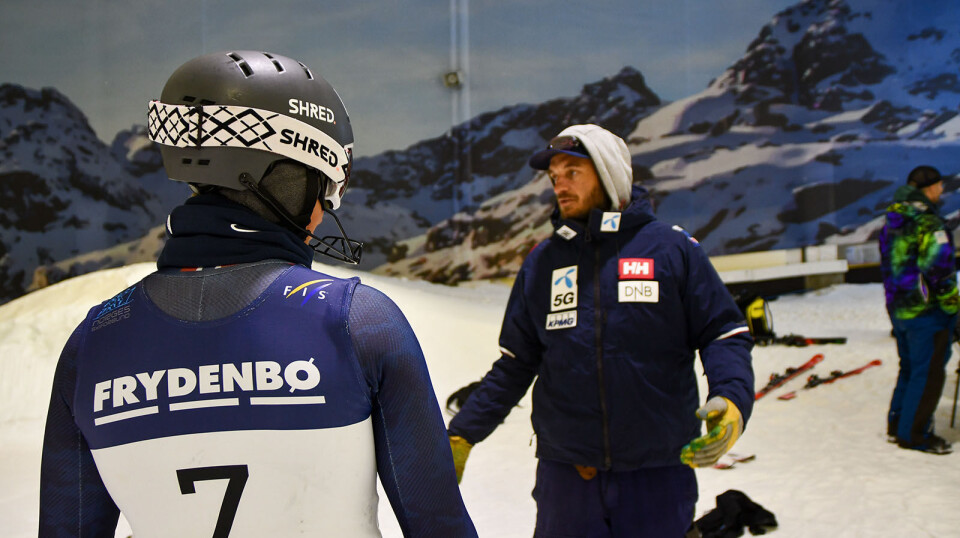
Making good decisions and strategies is necessary to perform well in sports.
A cross-country skier must decide whether to start hard or hold back.
An alpine skier must decide whether to sacrifice speed for a shorter line or choose a longer path with higher speed.
Usually, athletes learn these strategies from a coach.
New research from the Norwegian School of Sport Sciences (NIH) shows, however, that athletes who learn strategies through self-evaluation perform better.
Large research project in the Snø ski hall
In Norway's only indoor ski facility, there are three boxes at the bottom of the finish area. One after the other, some of Norway's very best alpine skiers cross the finish line and enter the three different enclosures.
They are all in three different learning groups and have three different ways to approach the course. All 98 alpine skiers are part of a large research project conducted by NIH.
After each run in the slalom course, the skiers turned into their designated boxes.
- One group received a strategy from their own coach. The coach chose the strategy they believed was best for the athlete.
- Another group received a strategy from a professional coach who had learned the best theoretical strategy for achieving optimal performance and speed on flat areas (based on mechanics).
- The final group was told their own times in the course and could evaluate for themselves the best strategy to get down the course the fastest. They did not receive feedback from a coach.
Who do you think skied the fastest?
The findings might surprise you.
Coaches are more important than you think
The group that did not have a coach, but only received their own time, actually skied the fastest.
Does this mean that coaches are not necessary?
Far from it, says researcher and alpine coach Christian Magelssen. He believes the results show that the knowledge and skills of a coach only become more important.
“Professionally strong coaches will always be important, but perhaps the results from this study can inspire coaches to think differently about learning,” says Magelssen.
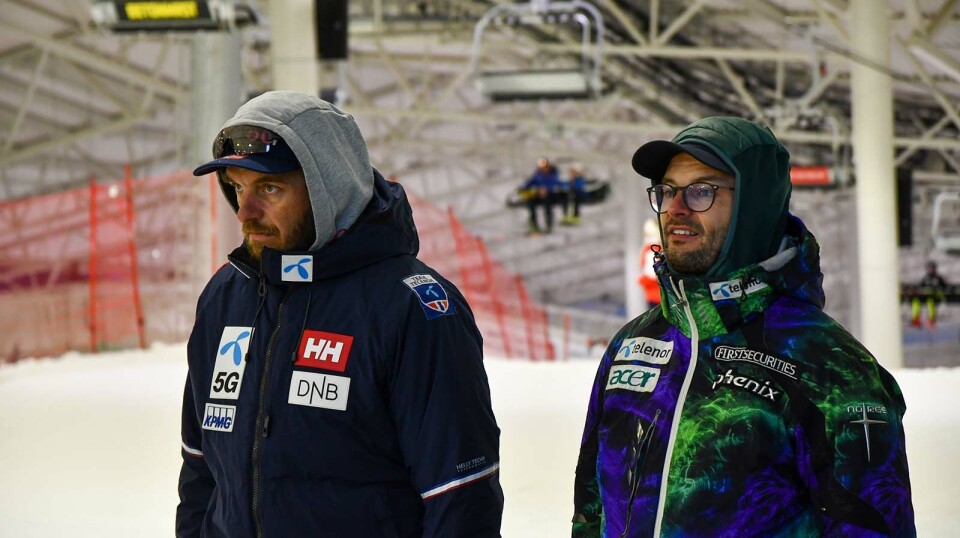
"Interesting and new"
National team coach Christian Mitter has had many discussions with the NIH researcher. He believes the findings are highly relevant for his work.
“This is interesting and new. It shows that we as coaches need to be proactive and create good strategies that athletes can choose from,” says Mitter.
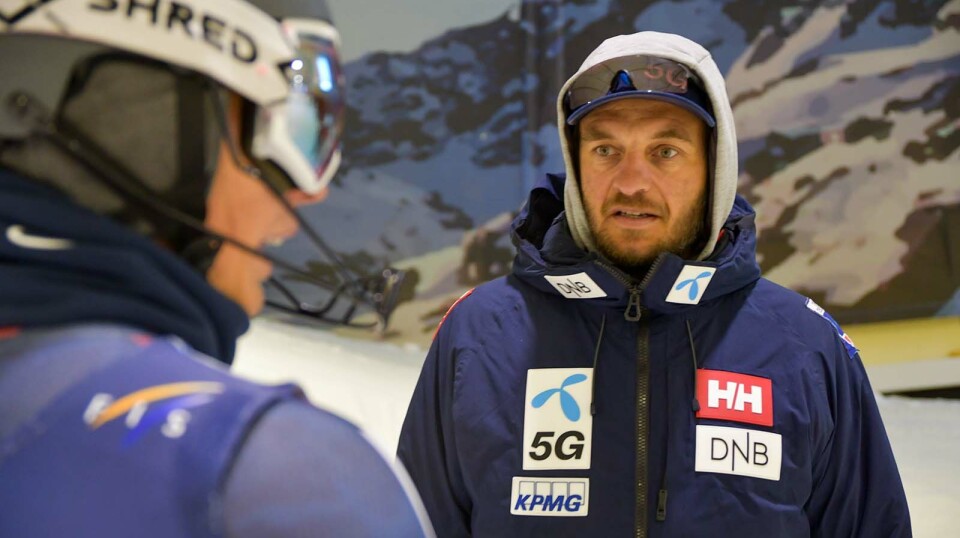
Race strategy in alpine skiing involves, among other things, how one approaches the gates, what lines are chosen, and how body is used down the course.
In other sports, it might be about race planning and pacing, or how one confronts various challenges or opponents during a competition.
Most athletes at all levels make many important decisions during a competition.
Important margins
The researchers' hypothesis before starting was that athletes become better at learning and choosing good strategies by trying them out and experiencing their effects, rather than through traditional instruction.
Therefore, athletes who are encouraged to learn this way will, over time, become better at choosing good strategies.
This type of learning is called reinforcement learning.
The differences are small in the short slalom course in the ski hall. The athletes only spent 15-16 seconds on it. Still, the results showed that those who chose their own strategy were 0.12 seconds faster.
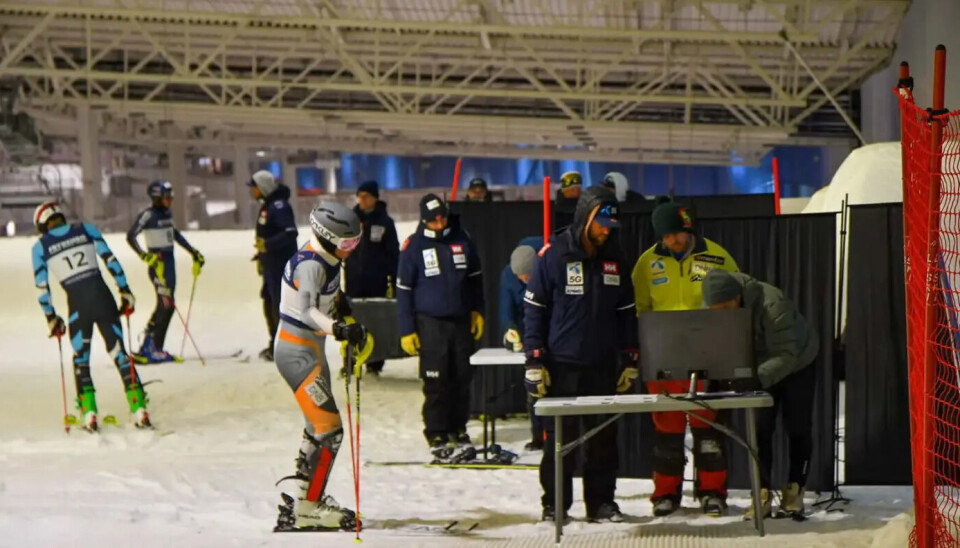
In a sport that is decided by hundredths of a second, these can be important margins to consider.
“It may sound like small differences, but it's definitely enough for coaches to care. It was also statistically significant with the number of athletes we had participating,” says Magelssen. He is referring to the 98 participants competing at a high international level who took part in the study.
National team athletes felt free
National team coach Christian Mitter reports on a training session at Kvitfjell this spring, where he tested the research in practice.
He gave the skiers four different strategies to solve the giant slalom course.
They were to choose the strategy themselves without the coach giving direct input along the way.
“They were very eager for feedback, but I didn't judge them and only provided feedback on whether they managed to follow the strategy or not. Along the way, they actually discovered a fifth strategy that was more extreme,” Mitter explains, and adds:
“They said they felt very free during that training. It worked better than we expected, and the discussions the athletes had that day were very interesting. We would never have done this without the NIH study. Very valuable training.”
Need to train the ability to make their own decisions
Magelssen has extensive experience as an alpine coach for children and youth aged 12-16, at ski academies and within the national team system of the Norwegian Ski Federation.
He believes that the traditional coach is not always good at encouraging athletes to make decisions about which strategies they should choose themselves.
“The traditional coach stands on the hill and tells the athlete what to do and provides feedback afterwards,” says Magelssen.
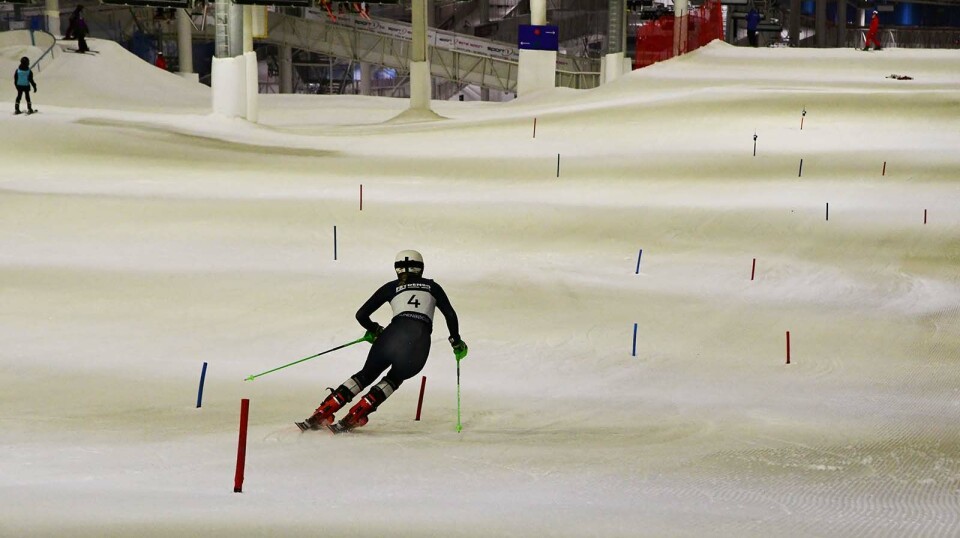
He believes the findings from this study show that a coach should help athletes develop the ability to make their own decisions in the course.
He has specific tips for coaches working with both younger and older athletes.
“Create strategies for the athlete and try to get them to test out several different ones. Give them an understanding of what works and what doesn't by letting them evaluate themselves based on the feedback they receive,” he says.
Applies to more than just alpine skiing
Although his research focused on alpine skiing, he believes that coaches for children and youth in many sports can benefit from the findings. This type of training can also start early.
“You might not need to use strategies as advanced as the ones we used in the study. It can be simple things the athlete can easily understands,” says Magelssen, giving an example from alpine skiing:
“If we were to create a strategy in downhill, it could be to stand tall and upright, or to crouch low with arms out. Just so the athlete can see the clear difference that crouching and being in a good tuck position makes. They need to feel it and see the result for themselves.”
The results of these kinds of tests might be obvious to a coach, but often not to a young athlete.
“Other studies suggest that it's precisely this curiosity, and the creativity that's essential to becoming good,” says Magelssen.
Reference:
Magelssen, C. Improving teaching and movement strategies for skill learning and performance in skilled and elite alpine ski racers, Doctoral dissertation in the Norwegian School of Sport Sciences, 2024.
———
Read the Norwegian version of this article on forskning.no

This content is paid for and presented by The Norwegian School of Sport Sciences
This content is created by The Norwegian School of Sport Sciences' communication staff, who use this platform to communicate science and share results from research with the public. The Norwegian School of Sport Sciences is one of more than 80 owners of ScienceNorway.no. Read more here.
More content from The Norwegian School of Sport Sciences:
-
Football expert wants to change how people watch football at home
-
Kristine suffered permanent brain damage at 22: "Life can still be good even if you don’t fully recover"
-
Para sports: "The sports community was my absolute saving grace"
-
Cancer survivor Monica trained for five months: The results are remarkable
-
What you should know about the syndrome affecting many young athletes
-
Is the body just as strong after seven days of fasting? The findings surprised researchers




































